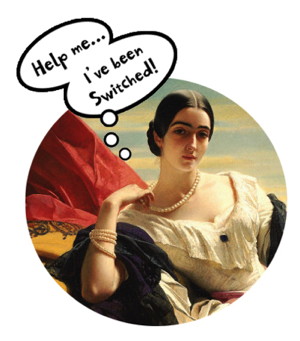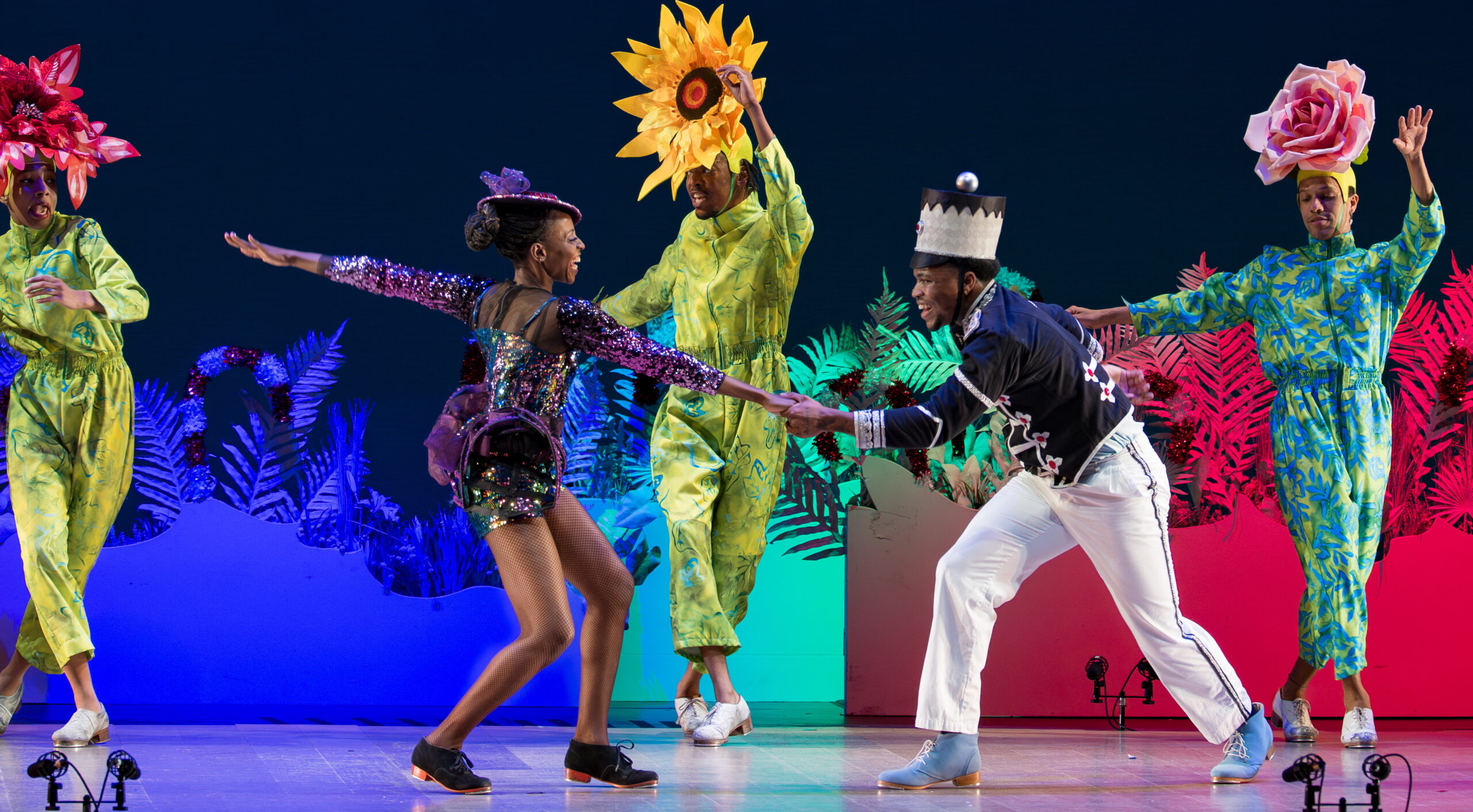
If you see children consulting smart phones as they roam the halls of the Getty Museum, they’re not distracted from the art—they’re exploring it. They’re playing “Switch,” a mobile device-based game for kids and families that is designed to help children take a closer look at and think critically about art in the galleries, while taking part in a cool museum adventure.
To play the game, visitors have to track down a magical spell that’s wreaking havoc in the Getty Center galleries and save the artworks from its mischief. Key details in four famous works of art are switched, and players must find the differences between the art on the wall and the images on their mobile device. Some switches are hard to find, but careful examination can break the spell.
“This game helps kids learn to look closely at details in works of art, and cultivates curiosity,” says Toby Tannenbaum, Assistant Director for Education the J. Paul Getty Museum. “Many families are looking for enjoyable ways to explore the galleries and experience the works of art together; this game provides a focused way for them to do so.”
One of the goals of the game is to facilitate intergenerational learning, so that visits to the museum become more lasting and meaningful for families. The game is also an informal and accessible activity for children who are not as easily engaged in a classroom setting.
Included in the game are four paintings in the Museum’s permanent collection: Portrait of John, Lord Mountstuart, later 4th Earl and 1st Marquess of Bute and Still Life: Tea Set by Jean-Étienne Liotard, Portrait of Leonilla, Princess of Sayn-Wittgenstein-Sayn by Franz Xaver Winterhalter, and Portrait of Gabriel Bernard de Rieux by Maurice-Quentin de la Tour.
“Switch” can be accessed at the Getty Center on any mobile device with either an Internet or Wi-Fi connection and an Internet browser. Details for accessing the game can be found in the Museum Entrance Hall at the Getty Center. The game is designed for families with children ages 5 and up, but is fun for playful adults as well.
IMAGE: Portrait of Leonilla, Princess of Sayn-Wittgenstein-Sayn (detail), 1843. Franz Xaver Winterhalter (German, 1805–1873). Oil on canvas. The J. Paul Getty Museum, Los Angeles.
Visiting the Getty Center
The Getty Center is open Tuesday through Friday and Sunday from 10 a.m. to 5:30 p.m., and Saturday from 10 a.m. to 9 p.m. It is closed Monday and major holidays. Admission to the Getty Center is always free. Parking is $15 per car, but reduced to $10 after 5 p.m. on Saturdays and for evening events throughout the week. No reservation is required for parking or general admission. Reservations are required for event seating and groups of 15 or more. Please call (310) 440-7300 (English or Spanish) for reservations and information. The TTY line for callers who are deaf or hearing impaired is (310) 440-7305. The Getty Center is at 1200 Getty Center Drive, Los Angeles, California.
Additional information is available at www.getty.edu.
The J. Paul Getty Trust is an international cultural and philanthropic institution devoted to the visual arts that includes the J. Paul Getty Museum, the Getty Research Institute, the Getty Conservation Institute, and the Getty Foundation. The J. Paul Getty Trust and Getty programs serve a varied audience from two locations: the Getty Center in Los Angeles and the Getty Villa in Malibu.
The J. Paul Getty Museum collects in seven distinct areas, including Greek and Roman antiquities, European paintings, drawings, manuscripts, sculpture and decorative arts, and photographs gathered internationally. The Museum’s mission is to make the collection meaningful and attractive to a broad audience by presenting and interpreting the works of art through educational programs, special exhibitions, publications, conservation, and research.
Sign up for e-Getty at www.getty.edu/subscribe to receive free monthly highlights of events at the Getty Center and the Getty Villa via e-mail, or visit www.getty.edu for a complete calendar of public programs.






